When travelers dream of an African holiday, they often picture the savannas of Kenya or the vineyards of South Africa. But nestled on the southeastern coast, with a shoreline stretching over 2,400 kilometers, is Mozambique—a nation of unparalleled marine beauty, complex history, and a vibrant, resilient culture.

It's a country that feels truly "off the beaten path," rewarding visitors with pristine coral reefs, hauntingly beautiful colonial architecture, and some of the most successful wildlife restoration stories on the continent.
And now, planning a trip is easier than ever. This guide will walk you through 15 fascinating facts you probably don't know about Mozambique, starting with the most important one: Mozambique eVisa Requirements.
How Do I Get a Visa for Mozambique? (eVisa & Visa-Exempt Guide 2025)
For years, visiting Mozambique required careful planning. But the system has been completely streamlined. Here’s the 2025 breakdown:

Check if You're Visa-Exempt: In a major move to boost tourism, Mozambique has waived visas for citizens of many countries for 30-day stays. This list includes the USA, UK, Canada, and most of the European Union. Always check the official government portal for the most current list before you travel.
If You're Not Exempt, Use the eVisa: For those not on the visa-waiver list, the Mozambique eVisa is the new, simple, online solution. It replaces the old, complicated embassy process.
You can apply for Mozambique eVisa. You will typically need:
A passport valid for at least six more months.
A recent passport-style photo.
Proof of accommodation (your first few hotel bookings).
A copy of your return flight ticket.
A recent bank statement to prove sufficient funds.
The processing time is usually 5 to 10 business days, so apply at least two weeks before your trip.
Now, on to the 15 facts that make this country so unique.
1. Why Does the Mozambique Flag Have an AK-47?
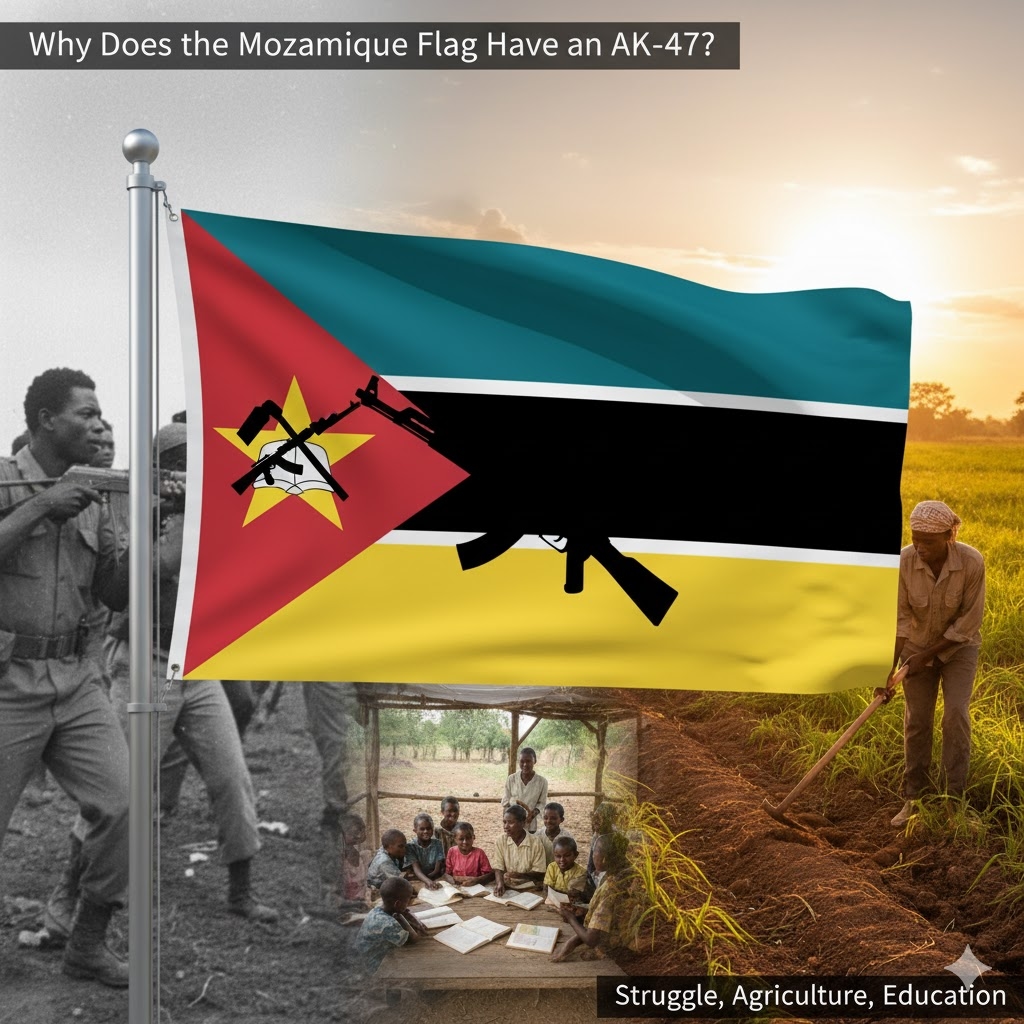
Mozambique is the only country in the world to feature a modern assault rifle on its national flag. The AK-47, superimposed on an open book and a hoe, is not a celebration of violence. It symbolizes the long struggle for independence (the hoe represents agriculture, and the book represents education).
2. What is Africa's Greatest Wildlife Restoration Story?
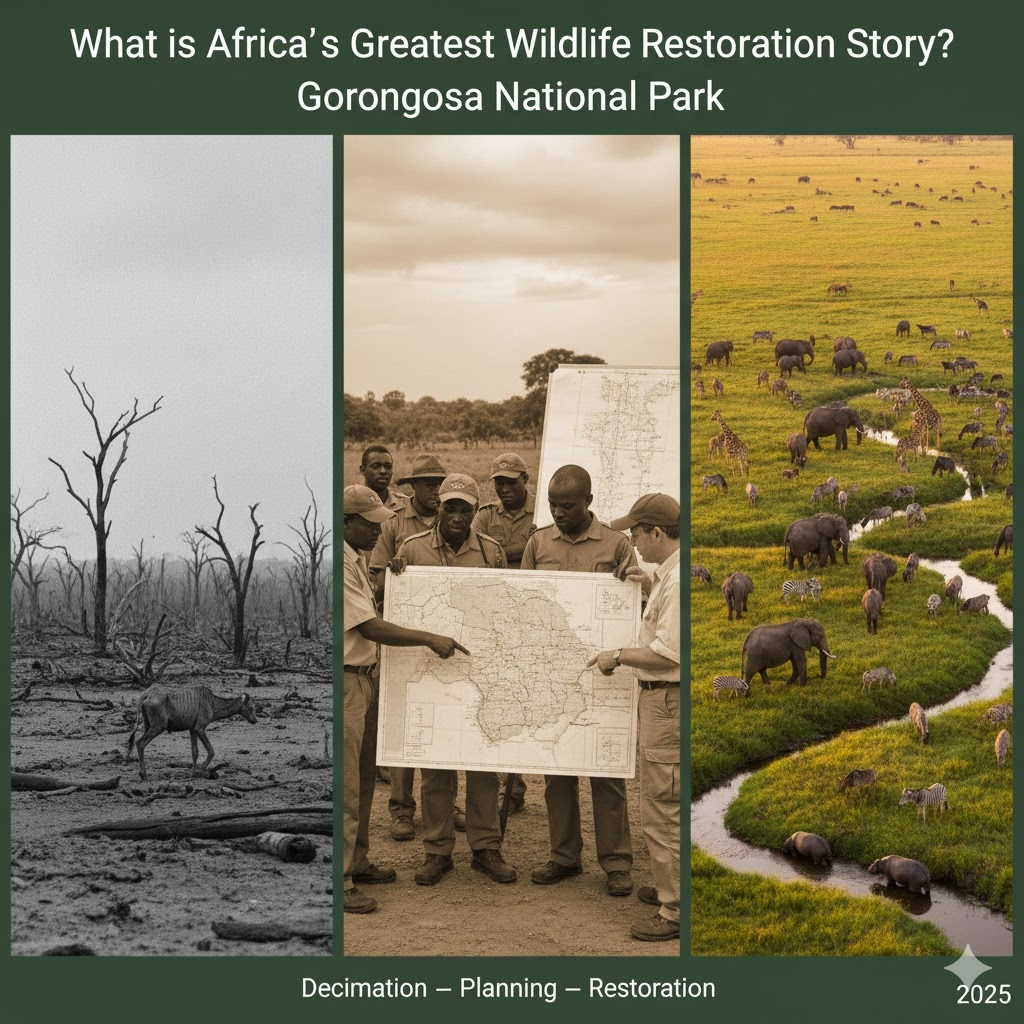
It's found in Gorongosa National Park. Once one of Africa’s most diverse parks, its large animal population was decimated—falling by 95%—during the 16-year civil war. In 2008, a 20-year public-private partnership began one of the most ambitious restoration projects on Earth. Today, aerial surveys show the large animal population is back to over 100,000, and it's hailed by National Geographic as a model for 21st-century conservation.
3. It's Home to the Last Viable Dugong Population in East Africa

The Bazaruto Archipelago isn't just paradise—it's a critical sanctuary. This chain of islands and its surrounding seagrass meadows are home to the last healthy, breeding population of Dugongs on the entire eastern African coast. Seeing these shy, gentle "sea cows" is a rare and precious experience for snorkelers and divers.
4. What is the "Pearl of the Indian Ocean"?
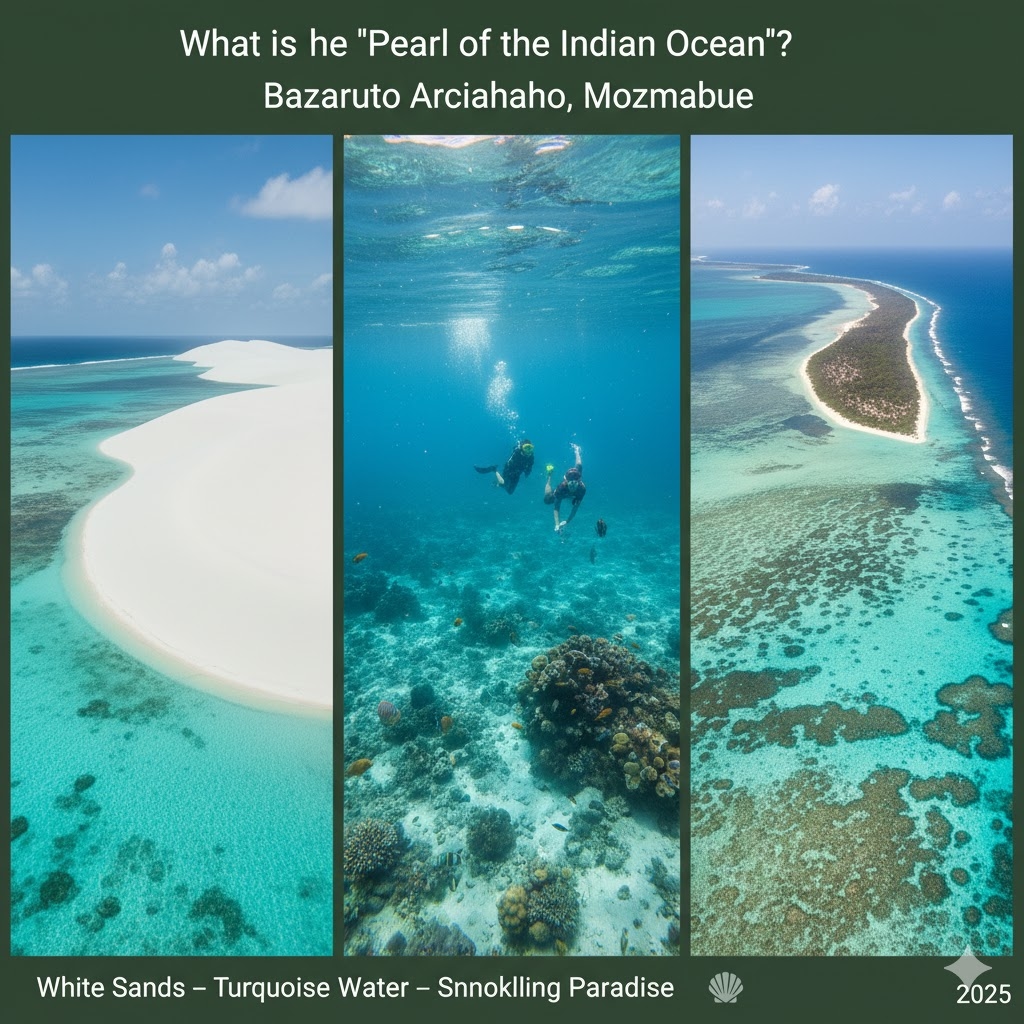
This name refers to the Bazaruto Archipelago, a protected marine national park. It's a chain of six islands known for its towering white sand dunes, crystal-clear turquoise water, and world-class snorkeling. It’s the postcard-perfect image of Mozambique's beach paradise.
5. Its Coastline is Longer Than the Entire US West Coast
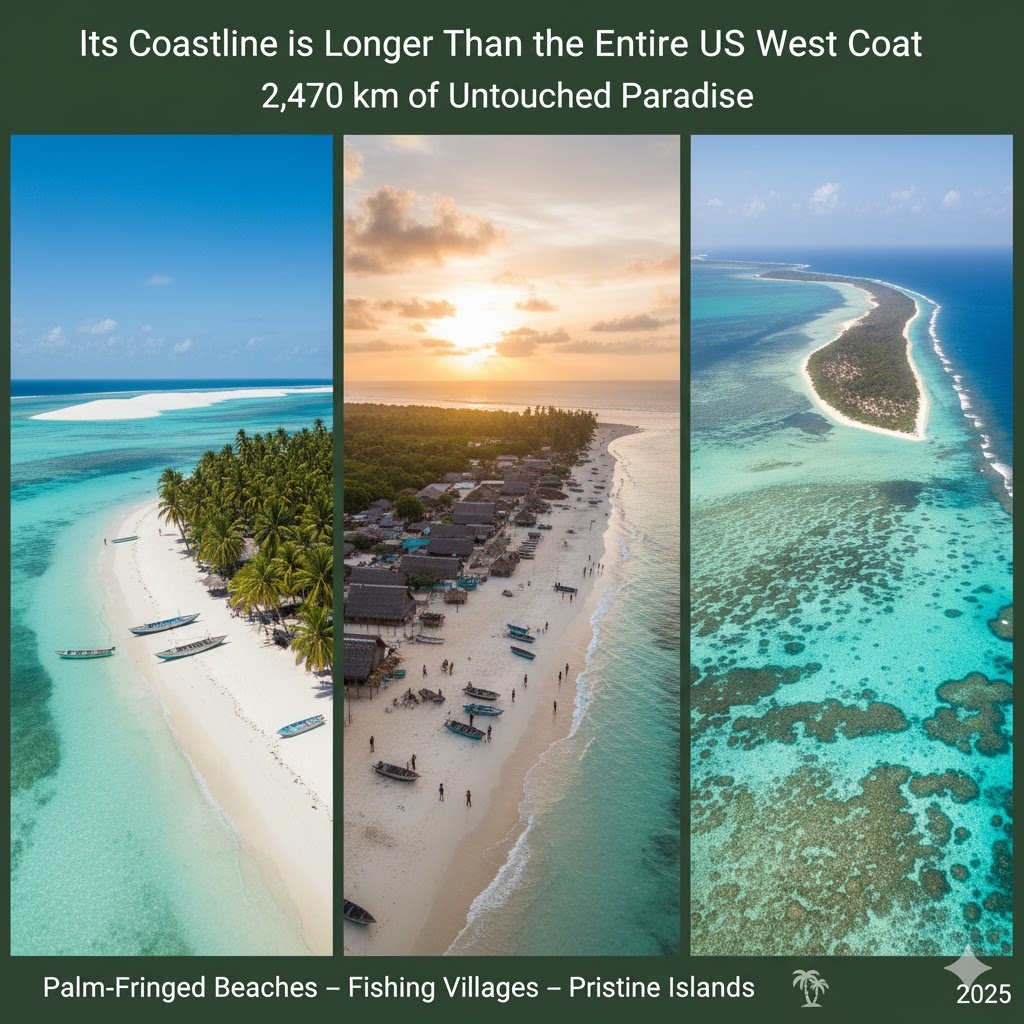
Mozambique's stunning coastline stretches for 2,470 kilometers (1,535 miles). This is longer than the combined coasts of California, Oregon, and Washington (2,030 km). This immense shoreline is dotted with palm-fringed beaches, quiet fishing villages, and pristine, undeveloped islands.
6. The Country is Named After a Tiny Island
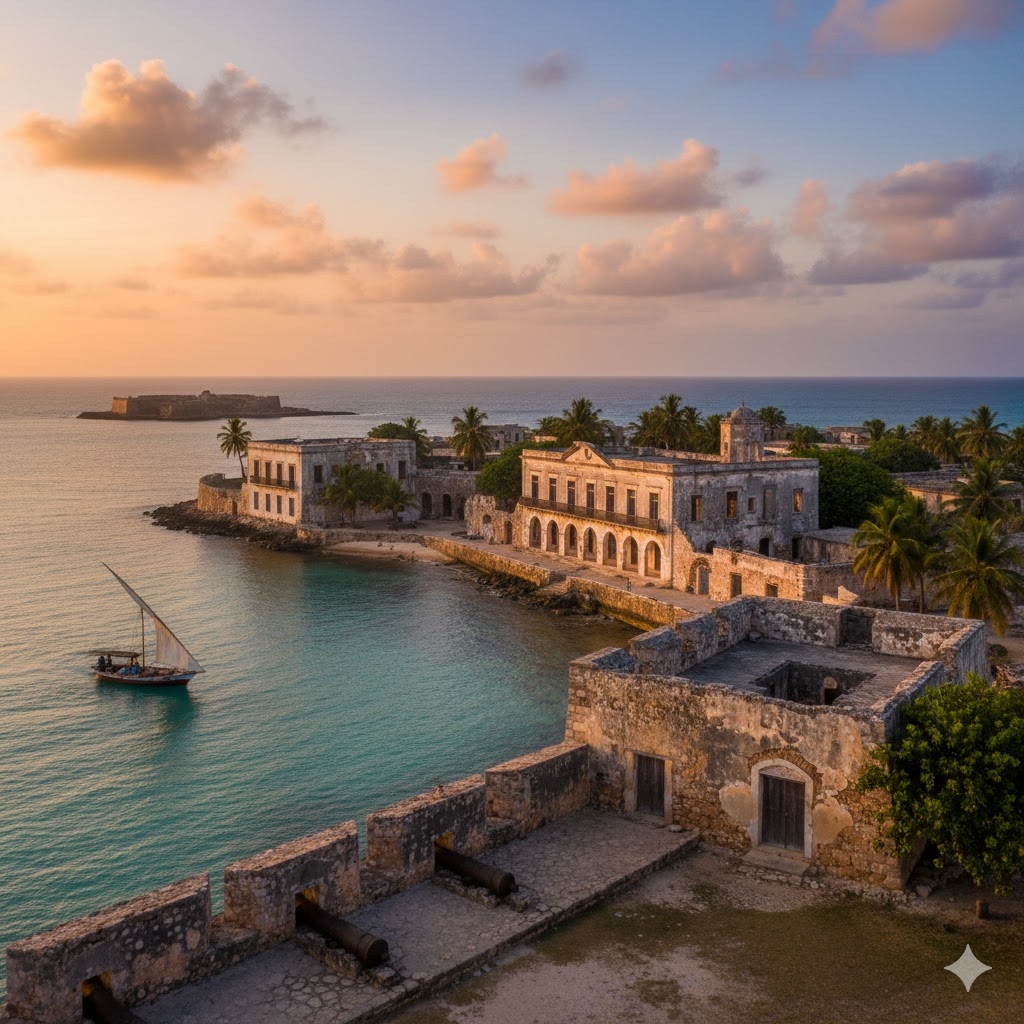
The nation of Mozambique gets its name from a tiny, crescent-shaped island: Ilha de Moçambique (Island of Mozambique). This was the original capital of Portuguese East Africa and a major trading post for gold, spices, and slaves. Today, it's a UNESCO World Heritage Site, famous for its fascinating, crumbling 16th-century architecture—a haunting blend of Portuguese, Arab, and Swahili influences.
7. It Shares a Lake with More Fish Species Than Any Other
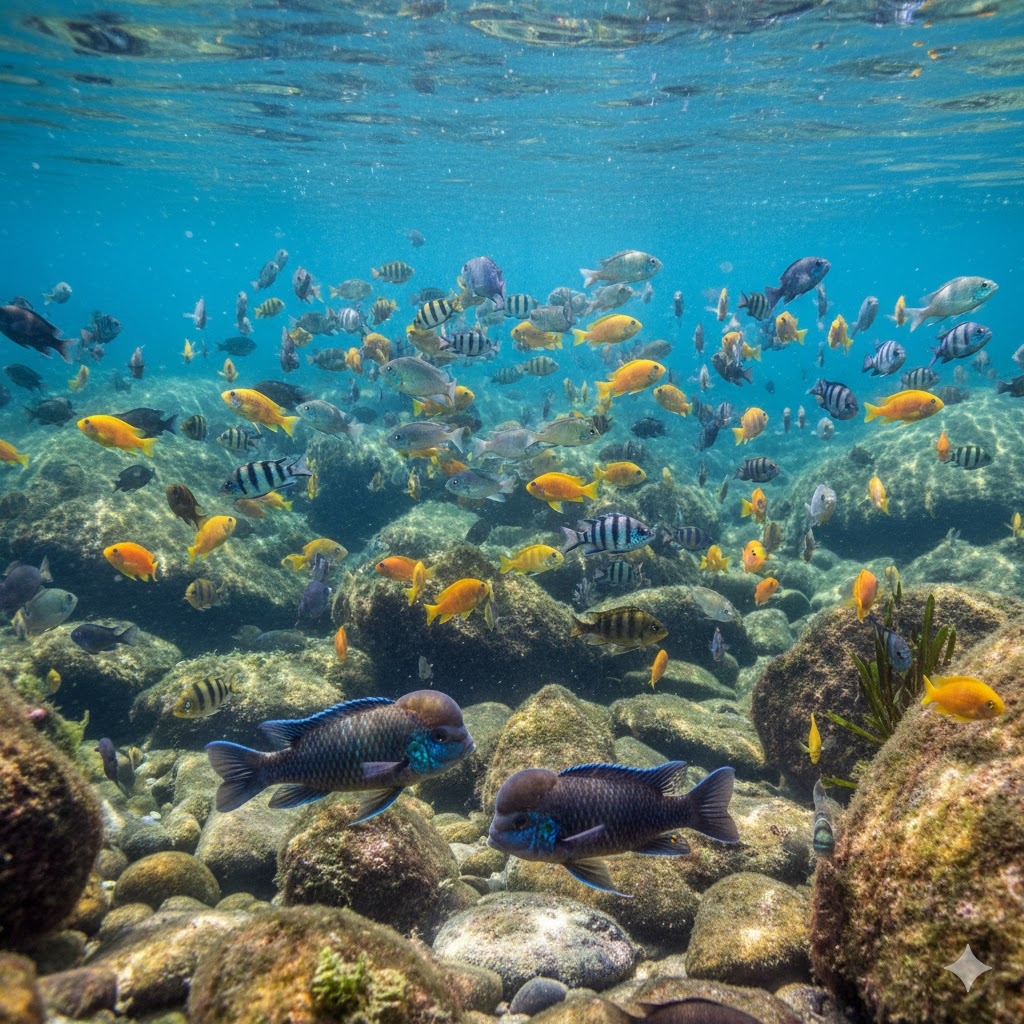
In the northwest, Mozambique shares the vast Lake Niassa (known elsewhere as Lake Malawi). This is the third-largest lake in Africa and a biological wonder. It is home to more species of fish—particularly cichlids—than any other lake in the world, making it a freshwater biodiversity hotspot.
8. What is Marrabenta?
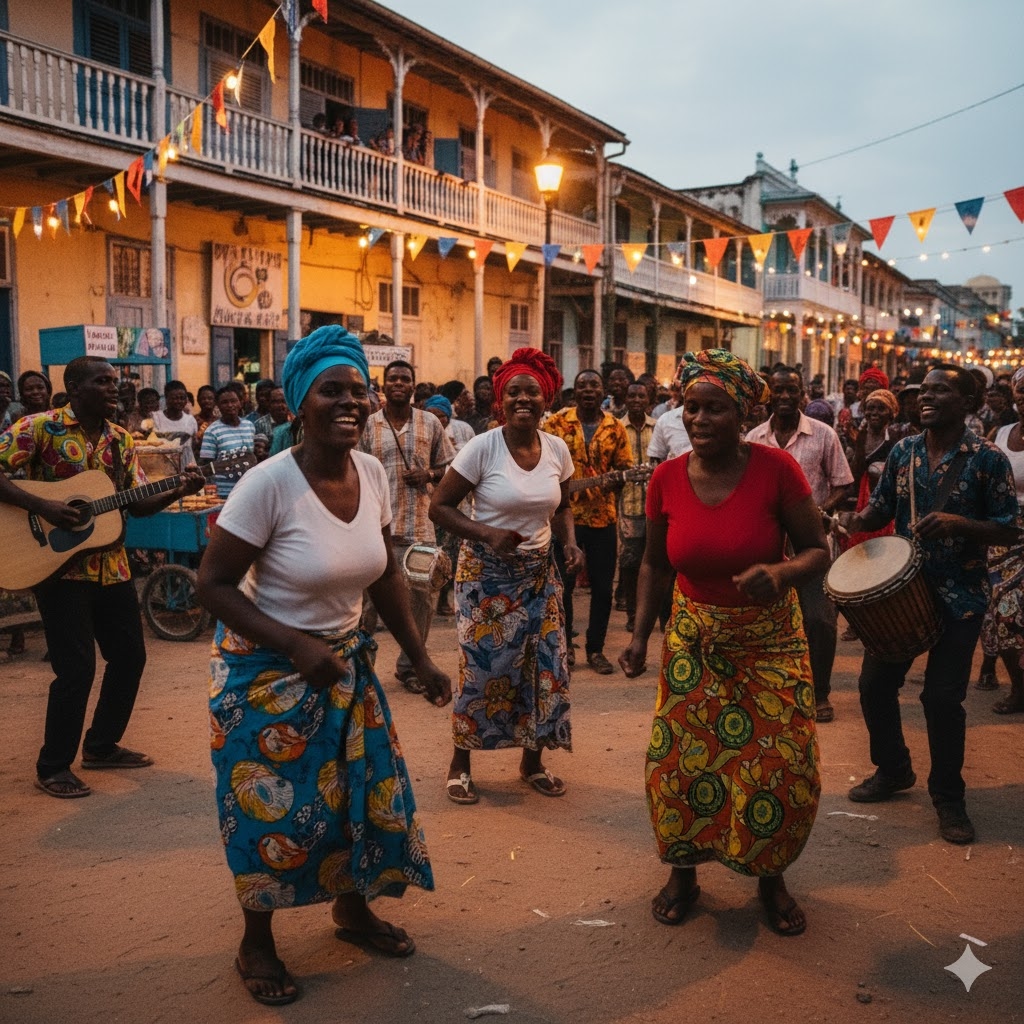
Marrabenta is the sound of Mozambique. It's the country's national music and dance style—a high-energy, upbeat sound that blends traditional Mozambican rhythms with Portuguese folk music and other imported influences. It's the vibrant, resilient soundtrack of the nation.
9. A Famous Engineer Built an "Iron House" in Maputo
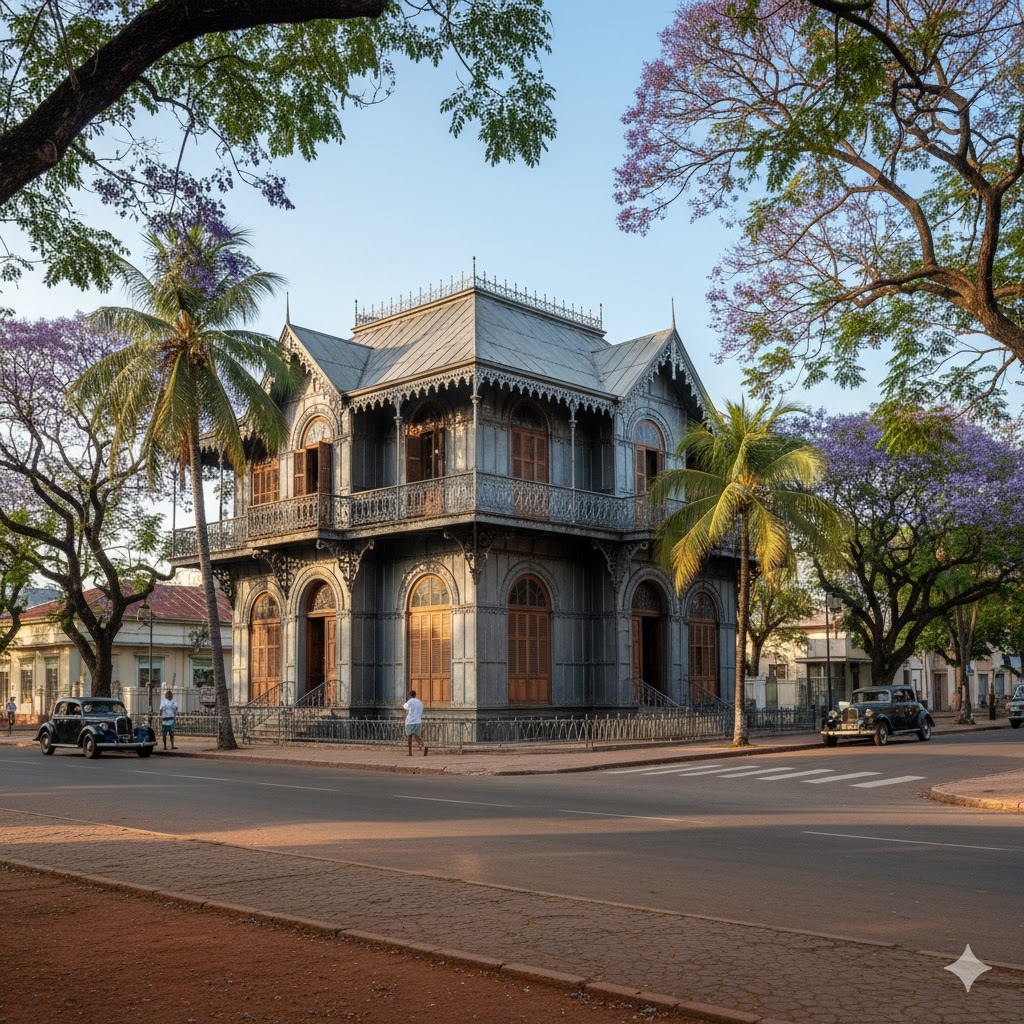
The capital city, Maputo, is known for its wide, tree-lined avenues and colonial architecture. One of its strangest landmarks is the Casa de Ferro (Iron House). This building, completely prefabricated from iron, was designed in the late 19th century by a student of Gustave Eiffel (the man behind the tower). It's a beautiful, if famously hot, piece of architectural history.
10. What Food is Mozambique Famous For?
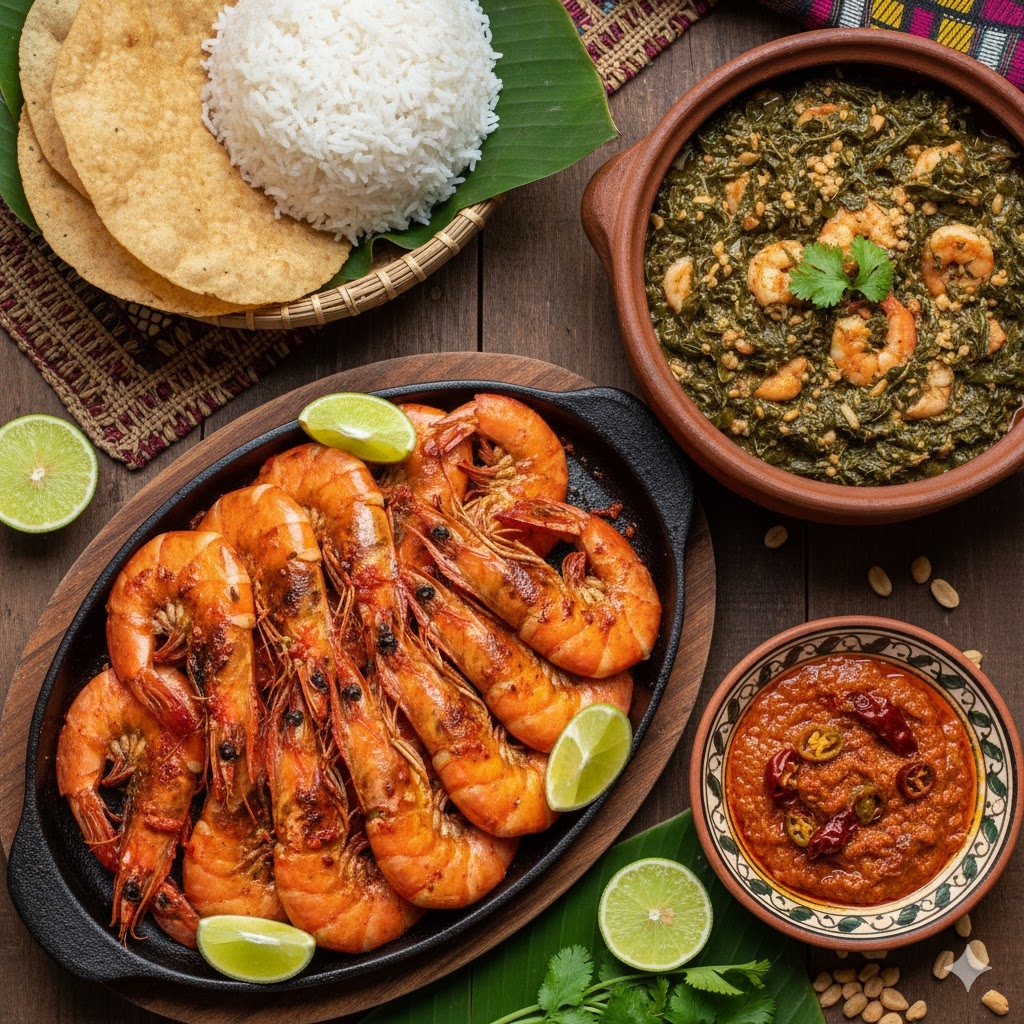
Two things: Prawns and Peri-Peri. Mozambique is world-famous for its massive, succulent prawns, often grilled and served with peri-peri—a fiery sauce made from the African bird's-eye chili, which was first cultivated by the Portuguese here. Another national dish to try is Matapa, a hearty, delicious stew of cassava leaves cooked in coconut milk with peanuts and (often) seafood.
11. Its Currency Was Once Named After a Nut
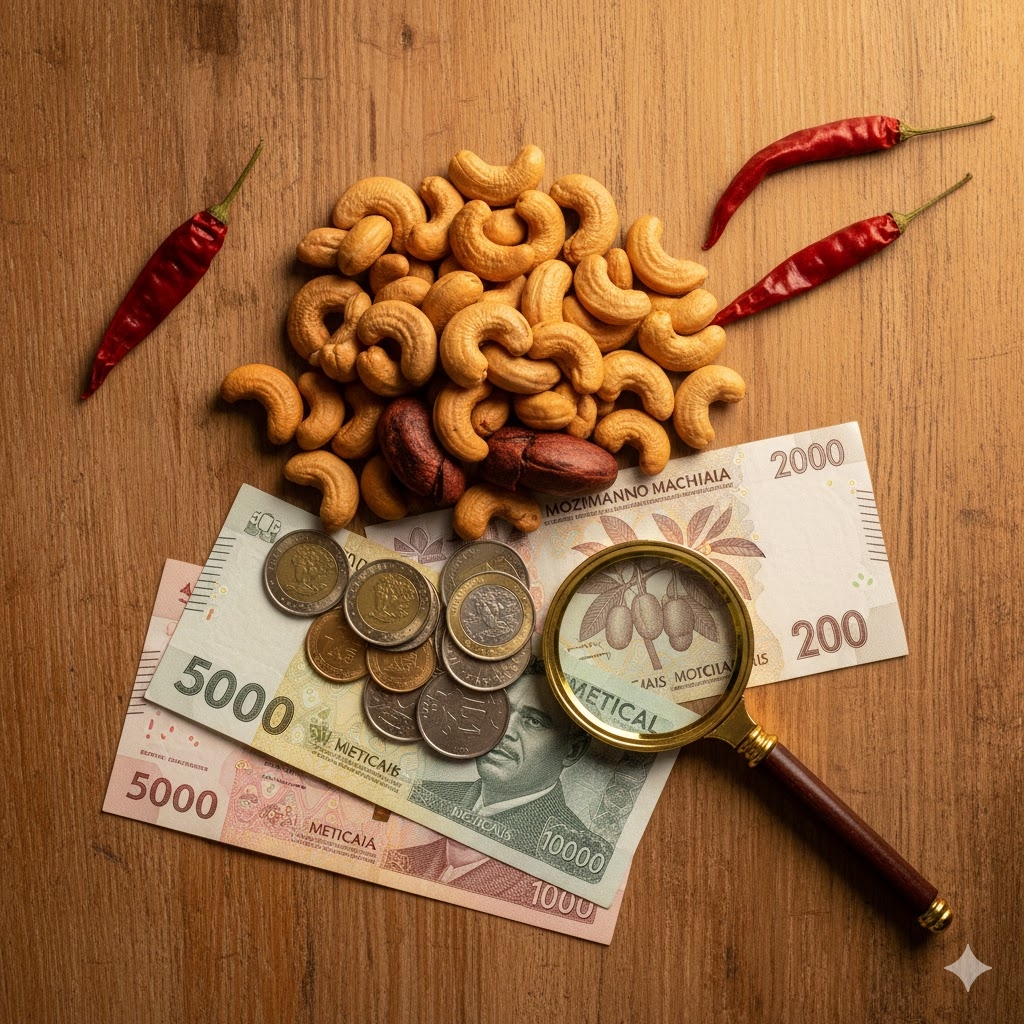
In the 1970s, Mozambique was the world's largest producer of cashew nuts. The industry was so central to the economy that the post-independence currency, the Metical, was named after metica, an old Arabic-derived term for a unit of gold... but the name was also an homage to the cashew, the "gold" of Mozambique.
12. It's a Portuguese-Speaking Island in an "English" Sea
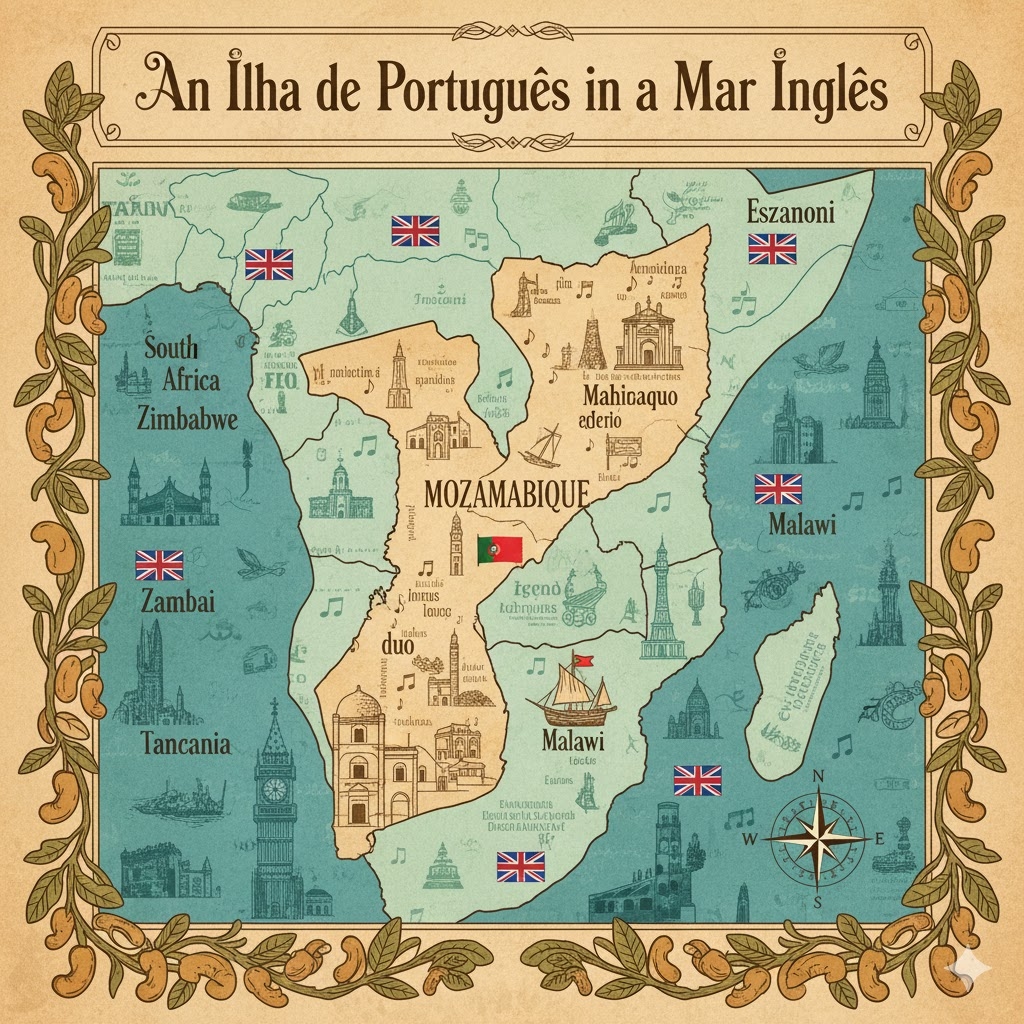
Mozambique is the only country in mainland Southern Africa where Portuguese is the sole official language. It's completely surrounded by countries where English is an official or primary language (South Africa, Eswatini, Zimbabwe, Zambia, Malawi, and Tanzania).
13. It Has Two of the World's Most Pristine Marine Parks
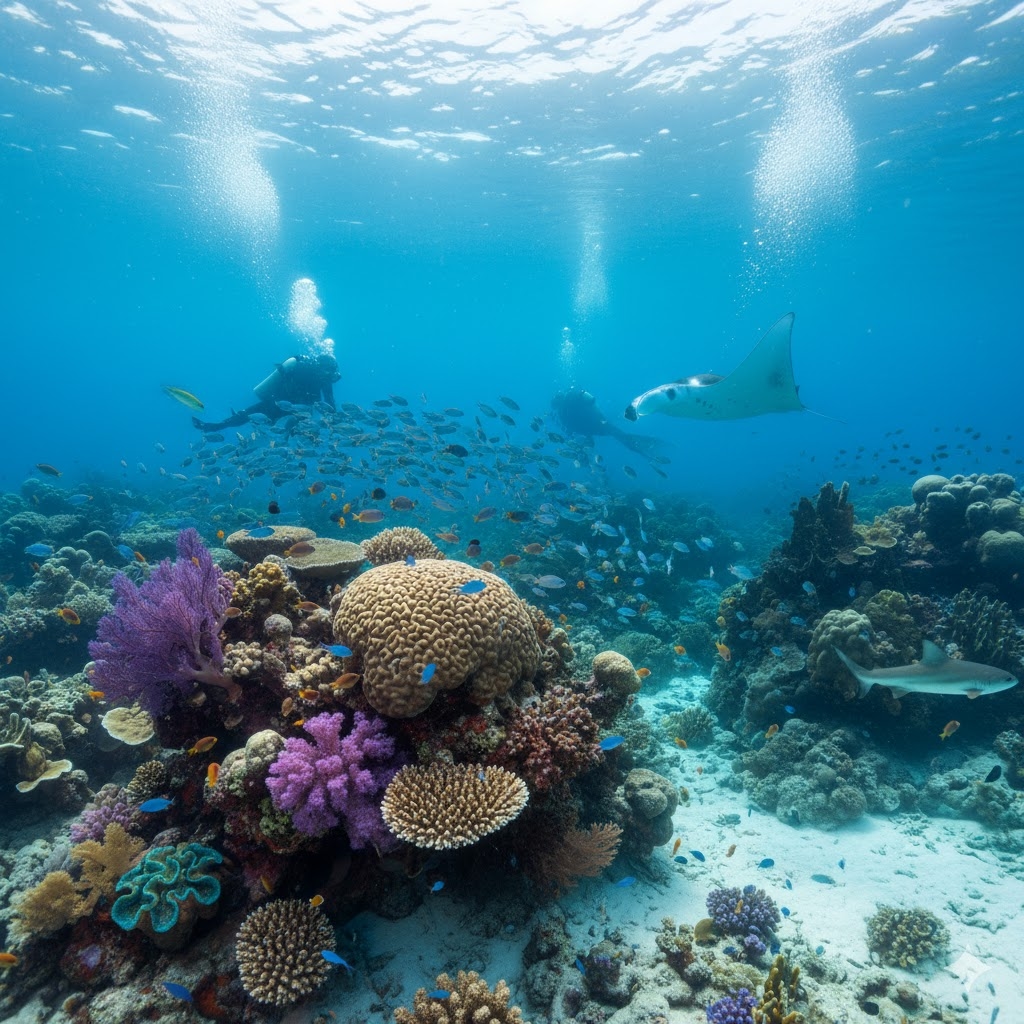
Beyond Bazaruto, the northern Quirimbas Archipelago is another national park. This chain of 32 islands is a designated UNESCO Biosphere Reserve. Because it's so remote, its coral reefs are among the most pristine and unexplored in the world, making it a diver's holy grail.
14. What is the Best Time to Visit Mozambique?
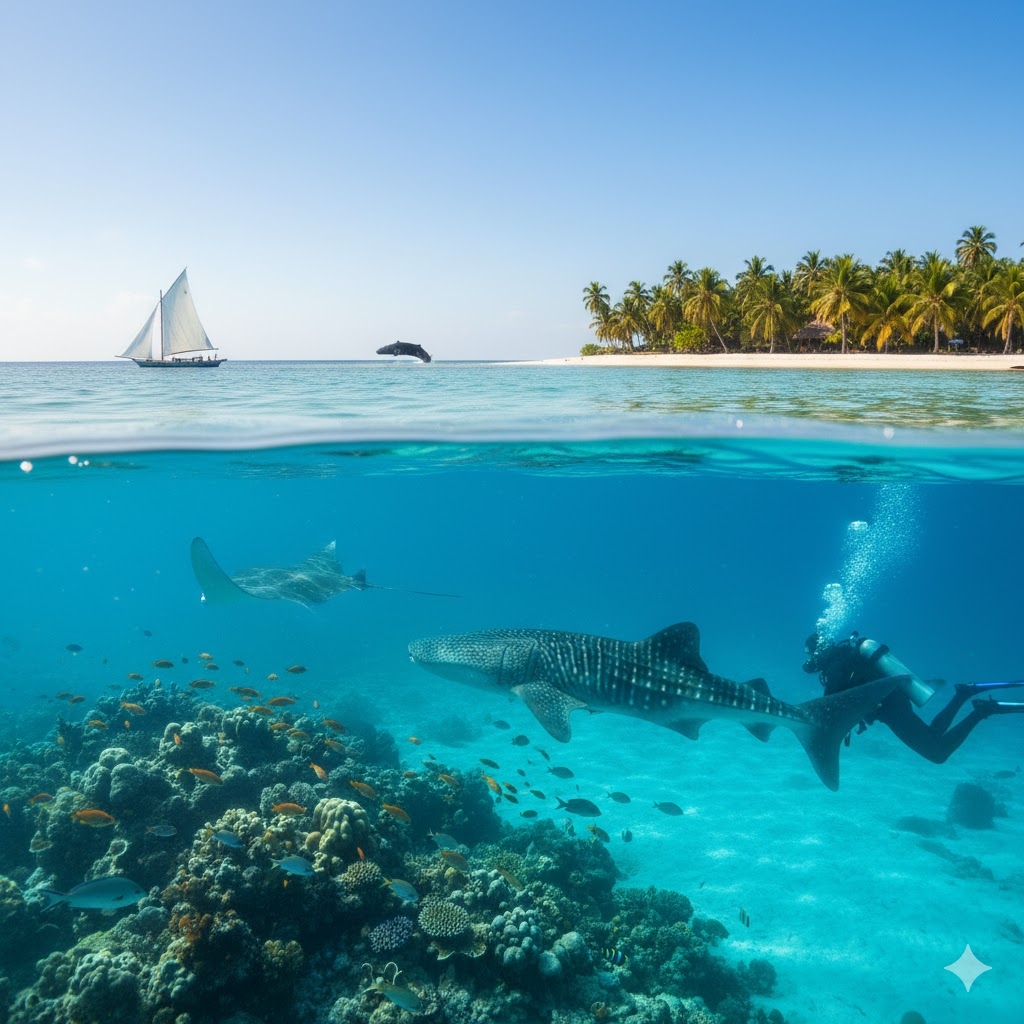
The best time to visit is during the dry season, from May to October. The weather is sunny, clear, and warm, with less humidity. For marine life enthusiasts, the "shoulder season" from September to November is peak time: you can spot humpback whales on their migration and have the best chances of encountering whale sharks and manta rays.
15. So, Is Mozambique Safe for Tourists in 2025?
This is a critical and fair question. Like many large countries, the answer is complex. Mozambique faces significant security challenges from an insurgency in its northernmost province, Cabo Delgado, and parts of Nampula. For this reason, most governments advise: "Do Not Travel" to that specific region.
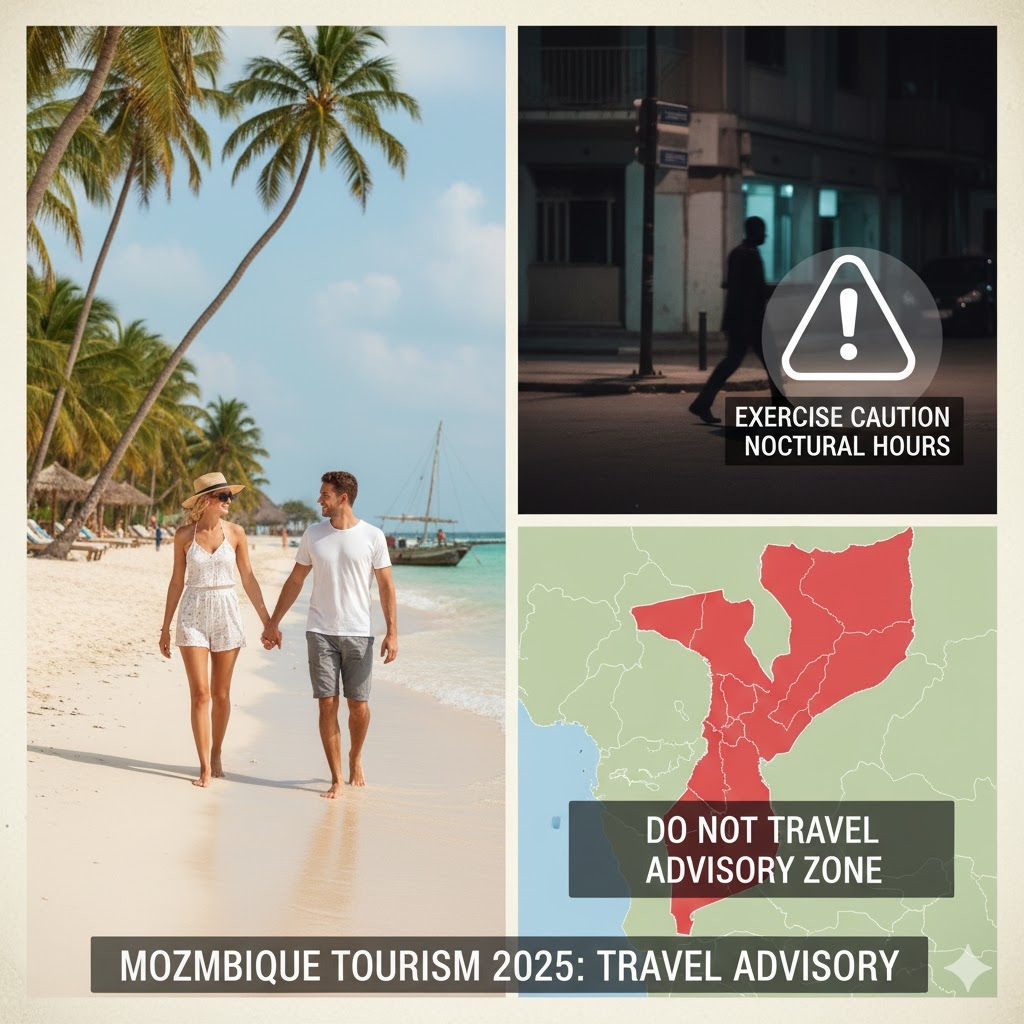
However, the main tourist areas are located far from this conflict. The southern beach destinations like Inhambane, Tofo, Vilanculos, and the Bazaruto Archipelago are hundreds (if not thousands) of kilometers away and are considered generally safe for tourism. As with any travel, exercise a high degree of caution, avoid walking alone at night in cities like Maputo, and always check your government's latest travel advisories before booking.
Are You Ready for a Real Adventure?
From the deep, complex history of Ilha de Moçambique to the world-class diving of its marine parks and the inspiring rebirth of Gorongosa, Mozambique is not a simple "fly and flop" beach holiday. It's a deep, rewarding, and stunningly beautiful adventure for the traveler who wants to see something truly new—and thanks to the new eVisa system, that adventure is more accessible than ever.
